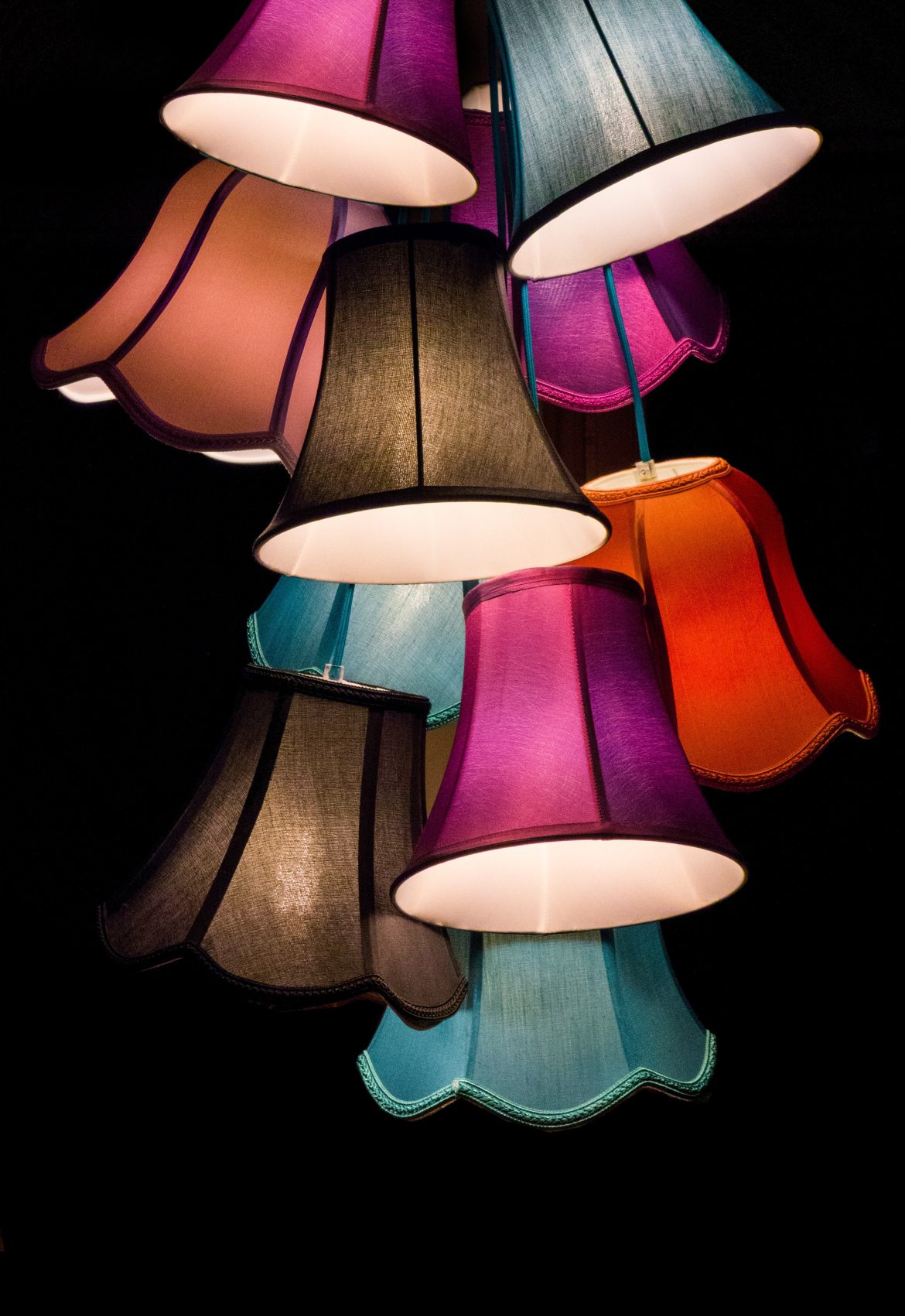The design combinations of Turkish lights are so diverse that they provide many opportunities for interior design.
Best home Turkish lamps feature distinctive mosaic patterns on the lampshade, colors, and even designs on the lamp frame.
Turkish lamps are a decorative choice for residential and commercial areas, providing an alternative.
Turkish lamps produce dazzling light when lit, one of their most impressive characteristics.
Tips and Tricks for hanging lamp
These step-by-step instructions will help you transform your Turkish lamp from a box into a room’s focal point if you’re hesitant to assemble it yourself.
1: The bulb sockets
Among the significant differences between European and American lighting is the size of the sockets.
Turkish lanterns use European E14 candelabra bulbs with 14 mm wide sockets. Whereas American candelabra lights have 12 mm wide sockets (known as E12).
A light bulb was inserted too deeply into the socket, resulting in a short circuit.
The light bulb burned out, a spark occurred, and a piece of metal melted inside the socket.
The adapter reduces E14 sockets to E12 sockets cost $1.50 each.
2: High-wattage bulbs shouldn’t be used
Once you’ve screwed in your bulbs, the next step is to ensure you’re using the correct bulbs so you don’t burn your house down.
Since high-wattage lights can overwhelm the lines’ amperage capacity, so the wires may overheat and catch fire. However, this can be prevented easily.
Taking the wattage of the light bulb, split it by the voltage (120 V for American homes). You will get the amperage draw in a single light socket.
The total wattage of all the bulbs can be added to determine the total current demand across the standard wire of your lamp.
Once you’ve calculated this number, you’ll need to compare it to the wire’s amperage rating based on its gauge size. Ensure you don’t exceed the wire’s maximum capacity.
Turkish lights connect seven bulbs to a single wire, so there are two issues to consider.
· Each line shows the current.
· The combined line entering the wall shows the amperage.
If both cables have the same gauge, the amperage consumption depends on the sum of all the lights. Since ours had seven lights, we calculated the following:
Amps = Power / Voltage * 7
A 4W candelabra bulb drew 0.23 amps across the primary wire and 0.03 amps across the individual wires connecting the lights.
We’re far from capacity with an expected total rating of 7 to 10 amps for the wire (based on projected gauge size).
However, with 120W lights, you’re getting close.
Generally, it’s a good idea to be as far from the factory default as possible with the number of adjustments you’re making.
Because you aren’t using the lamp to illuminate a room, 4W bulbs should be fine.
While you are away, you should not operate any electrically connected home improvement.
3: Hang the cord at a different length
Even though we are hardly pros at hanging a Turkish light. The house’s maintenance staff could do it for us without any difficulties.
Exactly where the seven-bulb light was supposed to hang, a robust wood beam existed, thus no additional wall insets were necessary.
It may be necessary to install a chandelier brace and other ceiling improvements on homes with heavier lights or unusual locations.
In addition to physically suspending the bulb, you will probably need to lengthen the cable connecting to the nearest electrical outlet.

